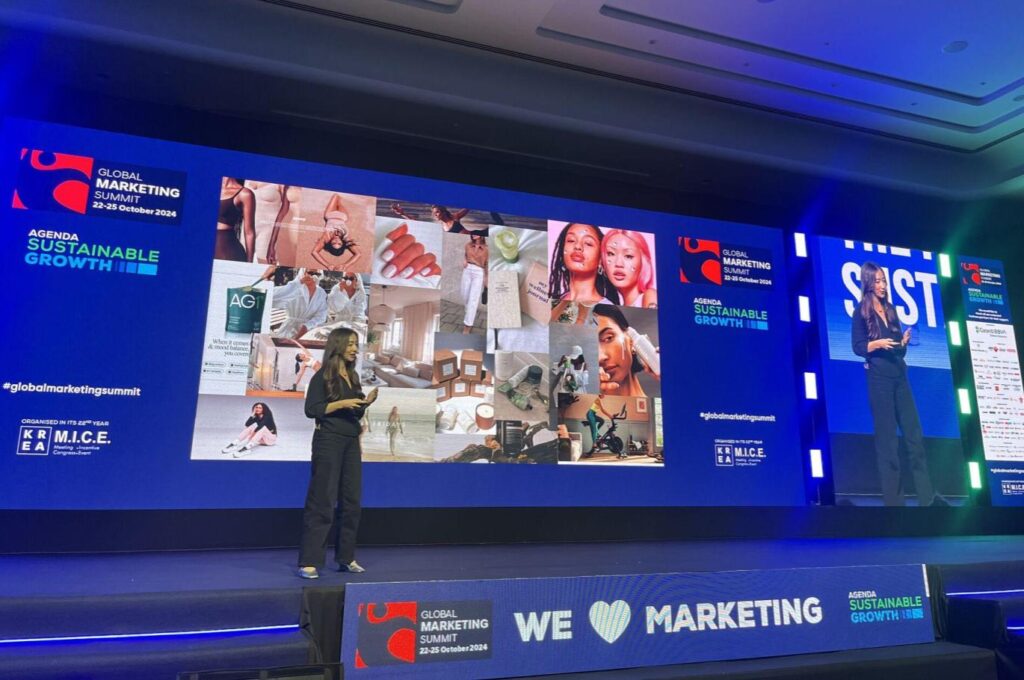
Well, let’s start with what communicators are experts in - understanding their customer’s pain points and desires. Marketing isn't just about promoting the features of your products or services. It's about showing your customer that you truly understand them - you know what their dream life is and how you can help them get there. Communication has evolved to being about building a relationship with customers and telling stories that resonate, like an aspirational friend.
Today our dream life is not just about having the trendy bag or latest luxury face cream. It's also about not having our homes destroyed by hurricanes, floods, and fires. It's about not having a stress response to every news notification that pops on our phone.
And since brands play such a huge role in our lives we also would like them to help us live more environmentally friendly and ethically in our daily lives. In fact 88% of consumers across the UK and USA want brands help to do this.
But as brands try to connect with these consumer priorities, many of them fall into the trap of greenwashing - they make superficial claims without real, tangible action. The flurry of greenwashing over the last 5-10 years has led to the spread of consumer distrust about the social and environmental actions that brands are taking. And with people being more informed than ever, this is a growing risk for brands, and ultimately is quite naive.
We all know that brands can no longer just talk the talk.
However, even when brands are walking the walk - think bold decarbonisation plans, circular business models, and updated business missions to include sustainability - that still does not drive trust. Only 30% of European adults trust companies when they say they will commit to reducing climate change.
There is a trust gap between brands’ communications and their actions. Either they over-communicate and under-act, or they communicate about their actions in a way that does not resonate. Having a pdf sustainability report does not mean that your customers understand how you help them to live more sustainably.
Here are 5 ways to engage customers and build trust on sustainability:
- Show that you can make change happen. Telling your customers about the meaningful progress you’ve made helps to build up your credibility and that you’re not full of hot air. This also helps to bring your customers on a journey by showing where you started, what actions you took, and what the result was.
- Enable them to be part of the solution. Consumers have said that their top priority for brands to focus on when making a positive change is to make their own products better. Your products or services are the main touchpoint with the customer so helping them live more sustainably by using your products is monumental.
- Provide clear information. No more jargon, no more info dumping. Say it simply and plainly. For example, rather than explaining complex supply chains and the value of regenerative farming, Sheep Inc simply allows you to scan a sweater and see the sheep the wool came from.
- Bring in outside validation. Organisations like B Corp and Positive Luxury can help do a lot of the heavy lifting for you as a brand, so having that validation makes it easier for consumers to trust you.
- Be sincere. Customers don’t expect you to be perfect. They want you to be honest about the challenges you’re facing and what you’re doing to overcome them. You’ve probably seen brands like Ganni and Oatly share what they need to be doing better in their reports. Sincerity is about not being deceptive and this is crucial in rebuilding trust.
You might be thinking - well this is a lot more than just marketing. And you are completely right. Navigating the consumer landscape today requires deep collaboration between departments and external experts, as well as commitment from leadership.
